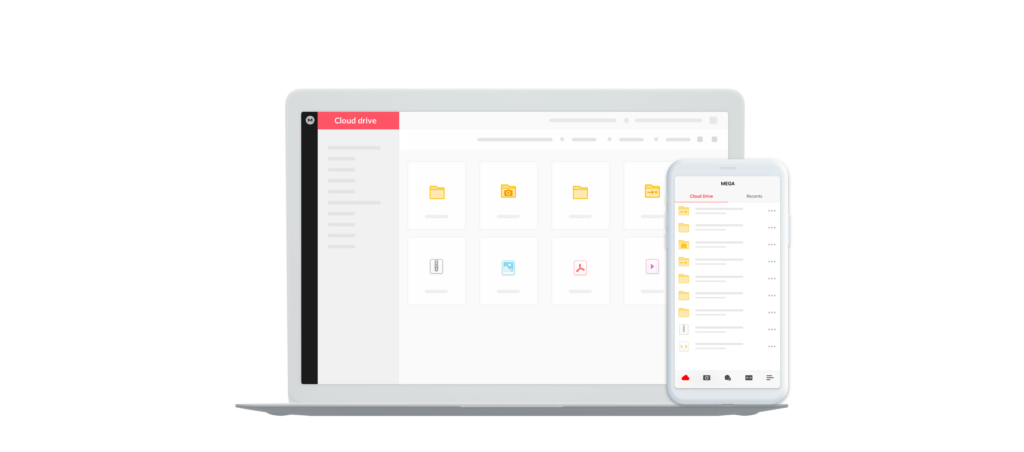The International Gold Bars Collection is at the Bank of England Museum from 19 February to 14 May 1998. The article below outlines basics of exhibits and general precious metals information for well-versed investors. More related information can be found in the Gold and Silver Bullion & Coin Investing Guide available here as an audiobook edition.
Bar Types, Weights and Purities — Cast and Minted
Most gold bars are classified into two ‘types’, depending on their method of manufacture: cast and minted. Cast bars are those made by the pouring of molten gold into a mould of specified dimensions. Markings are then applied manually or by a press. Minted bars are made from gold blanks that have been stamped out to the required dimensions from a flat strip of gold. Markings are normally applied by minting presses (as in the case of gold coins).
Bar Weights, Precious Metals Denominations
Gold bars can be denominated in different units of weight to accommodate the preferences of different geographical regions:
* Grammes – International
* Ounces – Mainly English-speaking countries: USA, UK and Australia
* Tolas – Mainly India, Pakistan, Middle East, Singapore
* Taels – Mainly Chinese-speaking countries: Hong Kong, Taiwan, China
* Bahts – Thailand
* Chi – Vietnam
* Dons – Korea
Gold Weight Conversion Table
Grammes Troy Ounces
100 g – 3.2151 oz
1 oz 31.1035 g –
10 tola 116.638 g 3.75 oz
5 tael 187.145 g 6.017 oz
10 baht 152.44 g 4.901 oz
5 chi 18.750 g 0.603 oz
10 don 37.500 g 1.206 oz
Cast Bar Weights: Grammes and Ounces
Twenty-seven internationally accredited manufacturers produce small cast bars in grammes (500 g or less) and ounces (20 oz or less). In grammes, 10 weights are available, from 500 g to 10 g. In ounces, 7 weights are available, from 20 oz to � oz. The smallest cast bar in grammes weighs 10 g, first made in Brazil by Degussa (since 1985) as well as subsequently by Ourinvest and CRM.
The most popular small cast bars in Europe, Brazil and Japan are 500 g, 250 g and 100 g bars. Ounce bars are preferred in English-speaking countries: USA, UK and Australia.
The smallest cast bar in ounces is the � oz ‘button’ bar made by the Perth Mint (Australia) since 1976.
Standard Minted Bars
The manufacture of minted bars worldwide is dominated by 4 accredited manufacturers in Switzerland, providing around 35% of all minted bar types available.
* Argor-Heraeus – Subsidiary of Union Bank of Switzerland
* Metalor – Subsidiary of Swiss Bank Corporation
* Valcambi – Subsidiary of Credit Suisse
* Pamp SA
The three Swiss manufacturers, which are subsidiaries of banks, normally issue their bars internationally with the brand name of the bank.
Since 1974, an innovation of Credit Suisse, many minted bars have a plain decorative design (incorporating the name of the issuer) on the reverse side of the bar. An example of this is displayed in the Exhibition.
Minted Bar Weights: Grammes and Ounces
Minted bars are a modern phenomenon. Among accredited refiners worldwide, Argor-Heraeus (Switzerland) is believed to have been the first to issue a range of minted bars, in 1952. Now, 23 internationally accredited manufacturers produce minted bars in grammes or ounces.
In grammes, 16 weights are available, ranging from 500 g to 0.3 g. In ounces, 8 weights are available, from 20 oz to 1/10 oz. The Exhibition displays the world’s largest minted bars: the 20 oz and 500 g which are manufactured by Johnson Matthey (Canada).
Smallest Minted Bars
Tanaka (Japan) has manufactured the world’s smallest minted bars, mainly for the jewellery industry since 1990. They weigh only 0.5 g and 0.3 g. 1 g minted bars, first issued by Credit Suisse (Switzerland) in 1980, are manufactured by 12 accredited manufacturers worldwide, including Degussa and Heraeus.
Bar Purities
All bars record the assayed purity of the gold content, expressed in units per 100, 1000 or 10000.
Although there is an international trend to 99.99% gold bars, standard bars still vary among countries. For example:
* Dubai – 99.9%
* Iran – 99.5%
* Hong Kong – 99%
* Thailand – 96.5%
Large 400 oz (12.5 kg) ‘London Good Delivery’ bars, held by central banks, normally have a minimum purity of 99.5%.
(Source of gold bar information and photographs: “The Industry Catalogue of Gold Bars Worldwide” and Gold and Silver Bullion & Coin Investing Guide; please note that the link is to its audiobook edition).

